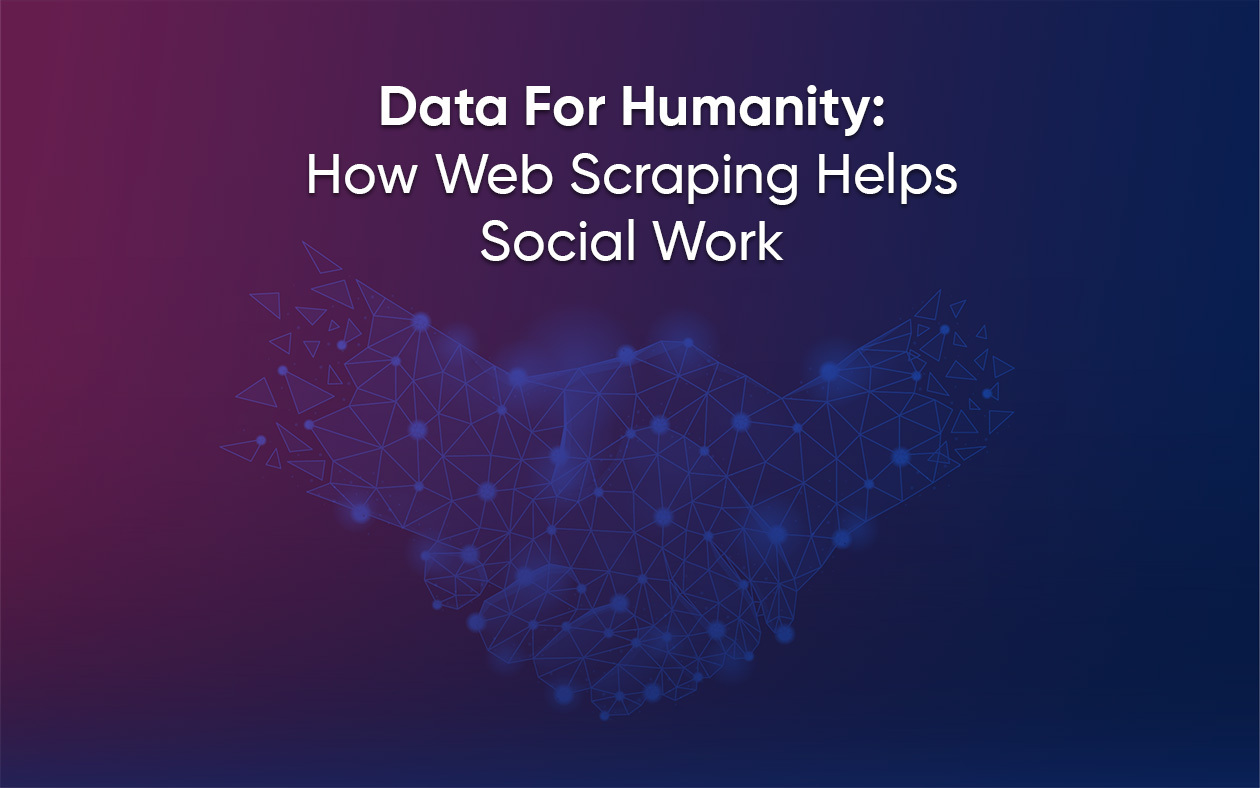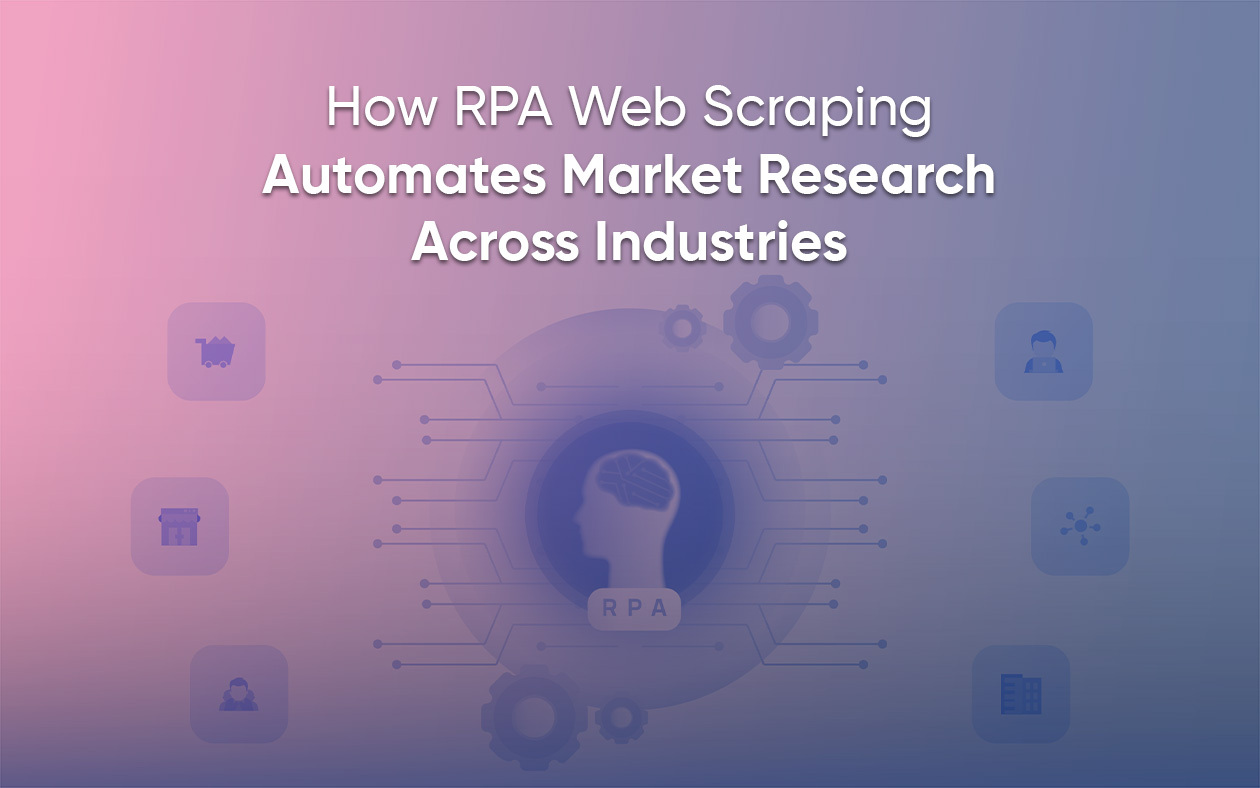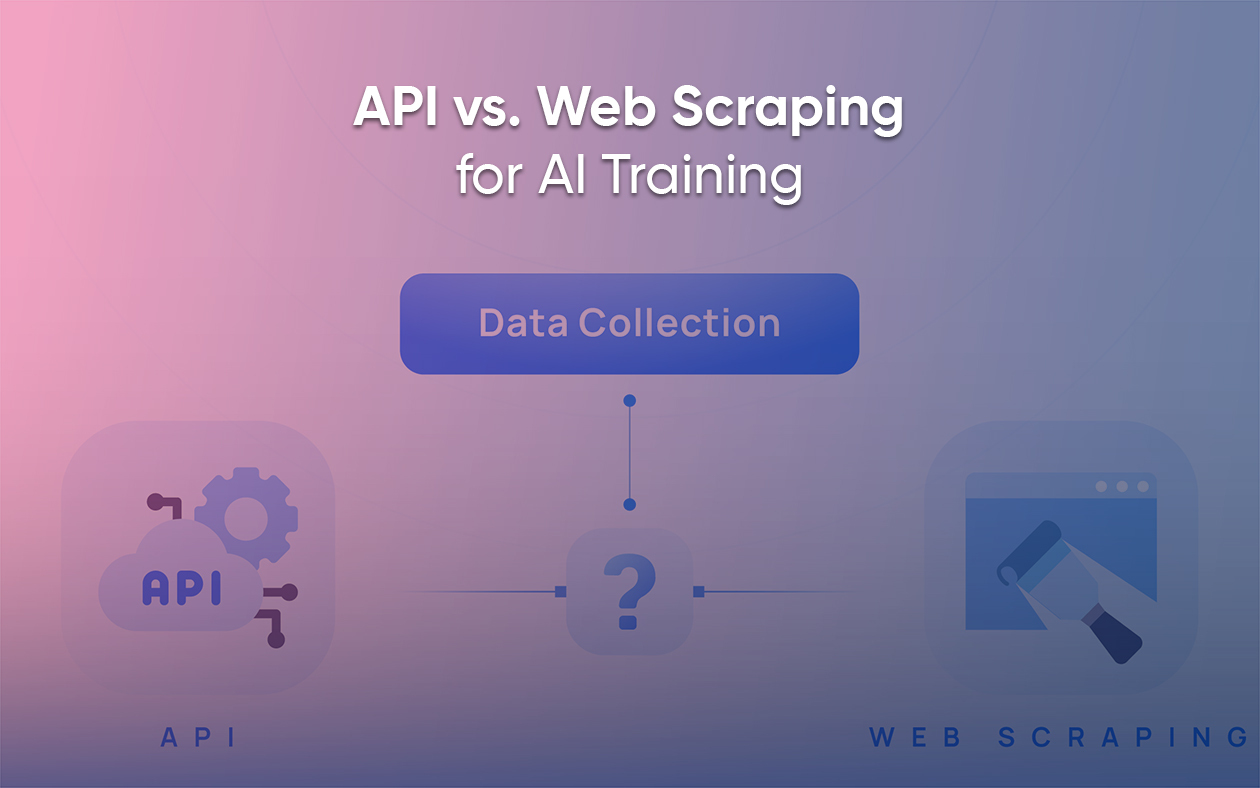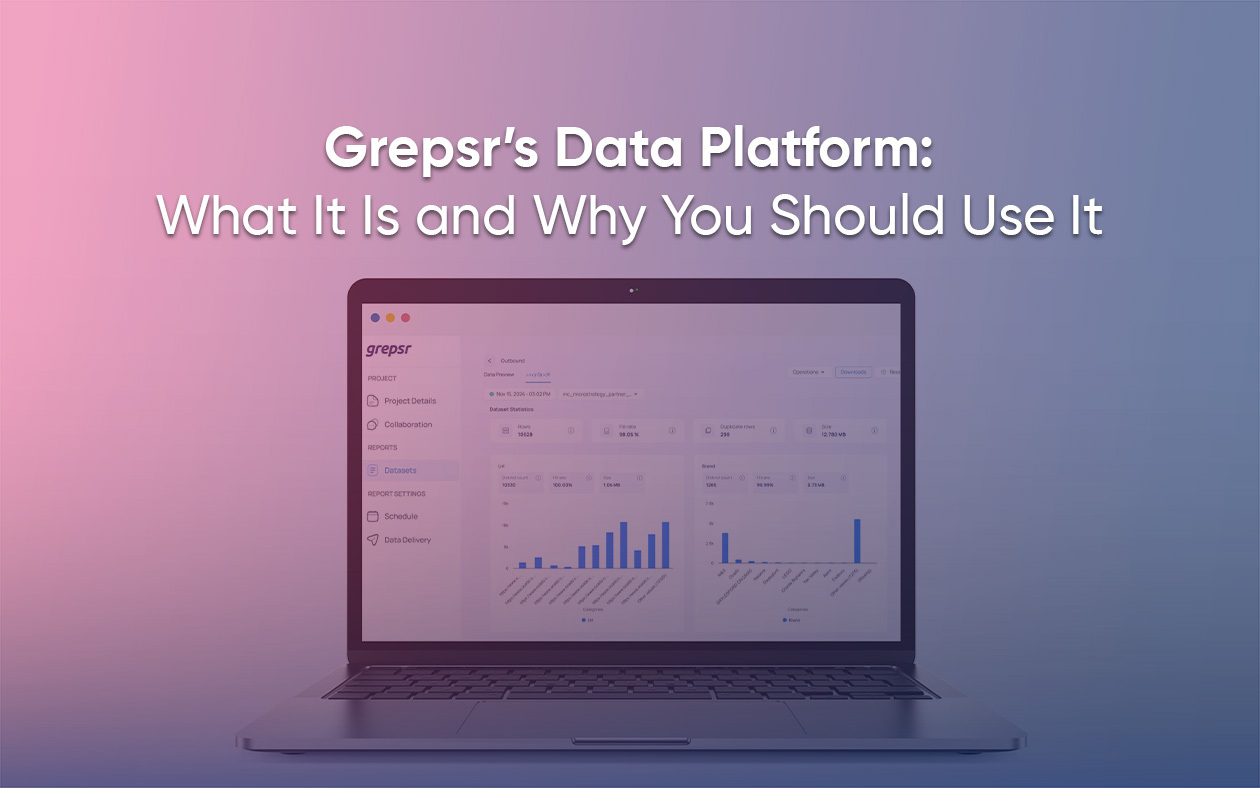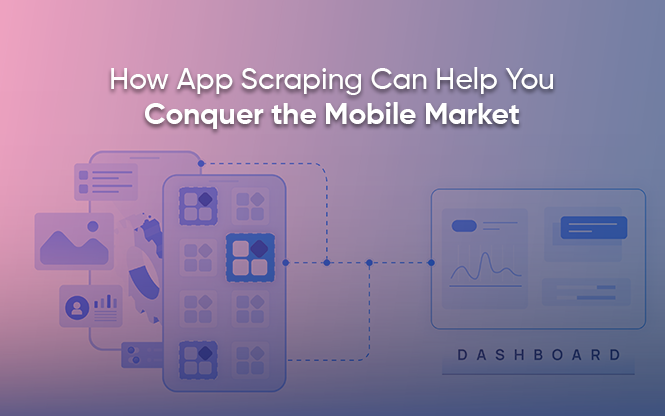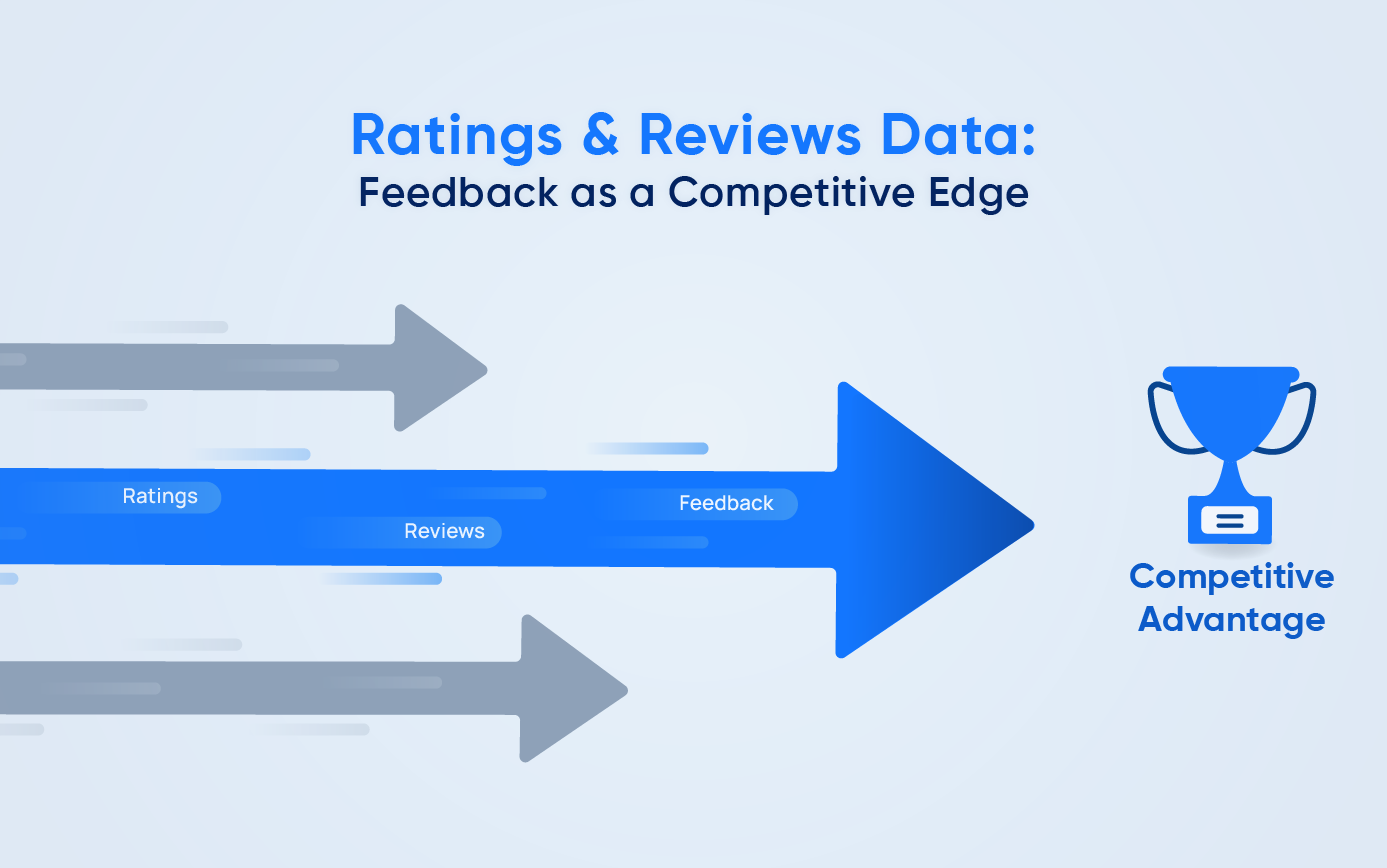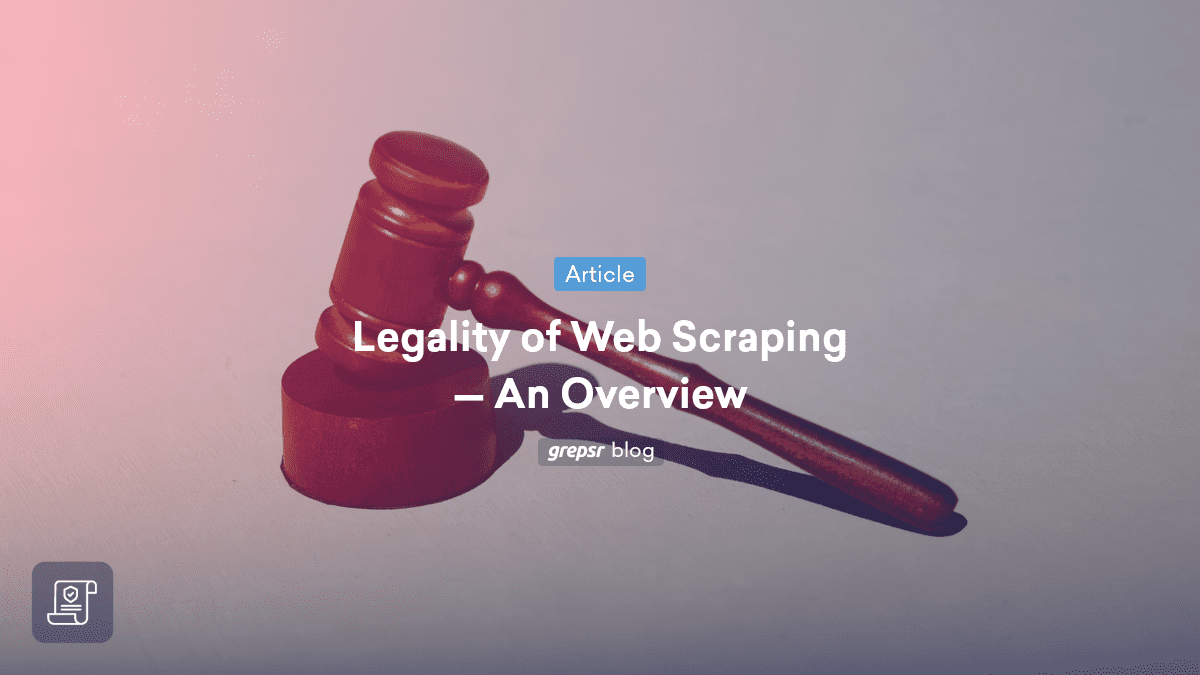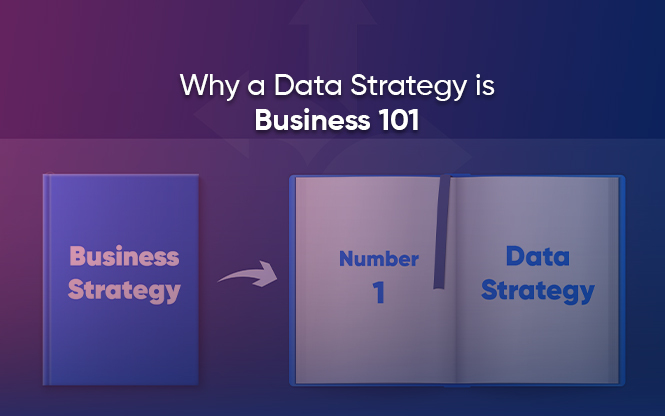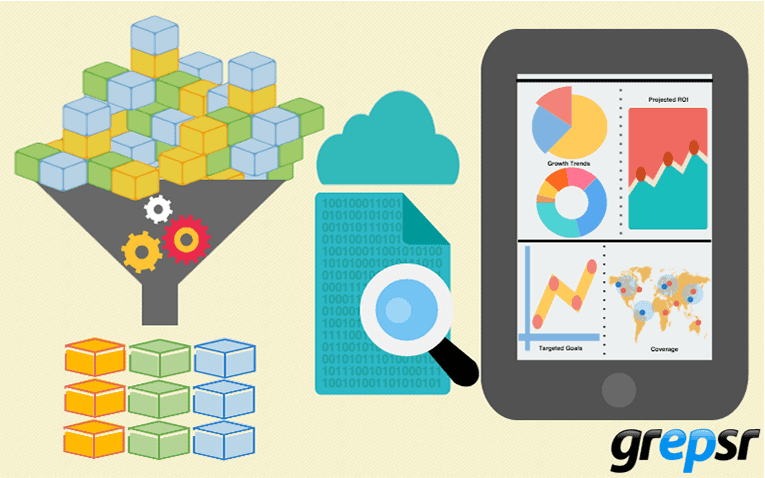
Q: Which of these is true?
A. Data is an investment.
B. Data is an enterprise asset.
C. Data is a product.
The correct answer is secret option D. All of the above.
You might think, “I can see how investing in data can drive better decisions. And as an enterprise asset, data is at the heart of an information-centric organization. But how in the world is it a product?!”
The concept of data as a product involves applying the core principles of product development — identifying and solving unmet needs, agility, iterability, and reusability — to data solutions.
Here, data, instead of being a by-product of business intelligence, is the product itself.
But why treat data as a product at all? Where can you see DaaP in action? And how can you implement this powerful data strategy within your organization?
By the time you’re done reading this post, you’ll want to call a team-wide meeting.
First, let’s start with some basics.
Data Products vs. Data-as-a-Product: What’s the Difference?
The terms “Data-as-a-Product” (DaaP) and “Data Product” are often used synonymously. There is, however, a difference.
Data-as-a-Product is part of an overall data strategy, whereas a data product is the tangible result of that strategy.
Confused? Look no further than the product on your wrist.

Fitbit’s DaaP Framework (The Data Strategy)
Fitbit, a leading wearable technology company, deploys a DaaP strategy to collect, manage, and use fitness tracker and smartwatch data:
- Accurately collecting real-time, high-quality data from users’ devices.
- Managing and storing this data efficiently and securely.
- Discovering user preferences and behaviors based on data analysis.
- Informing product development and personalizing user experiences with these insights.
Fitbit’s Data Product (The Tangible Result)
Fitbit created a winning data product called “Fitbit Premium” as part of its DaaP strategy. Fitbit Premium is a subscription service that offers users personalized fitness and health guidance based on their unique data:
- User-specific workout plans based on fitness level and goals.
- Improvement of sleep quality through detailed sleep analysis.
- Meal plans and nutritional advice tailored to users’ dietary needs.
- Data-driven health insights based on a user’s activity, heart rate, and sleep.
Fitbit’s DaaP strategy is paying off — in 2023, their revenue was estimated at one billion dollars with over 38 million active users.
A key aspect of working with data as a product demands rigor across the entire ecosystem, from ingestion to consumer-facing data services. Therefore, the data lifecycle must prioritize data quality and reliability. When you partner with us, you are guaranteed high-quality managed data acquisition at scale in real time.
This leads us to our next question.
Why Treat Data As a Product?
According to a recent study by McKinsey, organizations that adopt a DaaP strategy framework can accelerate the delivery of new business use cases by a whopping 90%.
But that’s not all. The same study found that DaaP can help you cut your total cost of ownership by up to 30%. This means more money in your pocket and fewer headaches for your tech team.
When you treat data as a product, you can make data management more customer-centric. The DaaP framework forces you to consider how you can best deliver the value of your data to different stakeholders rather than hoarding it in silos. In turn, this can lead to better data management and greater alignment between business units and data teams.
Eva Miller, VP of Marketing at Digital Silk, leverages a DaaP strategy to “maximize the value of data across the enterprise by treating it as an actionable asset.” The result? They’ve increased their company revenue by 40% within just two years and “amplified the company’s web traffic twofold.”
Therefore, data is your chief investment – your product, your enterprise asset, and essentially, your whole company.
Real-Life Examples of Data-as-a-Product (DaaP) In Action
Fitbit’s making it rain with their DaaP data strategy. What about other industries?
Banks
You know how you can check your credit score for free? This is because banks consider your financial data as a product, offering insights to help you make better decisions. To help customers manage their money, banks make use of their huge amounts of financial data to create data products that provide personalized insights and recommendations.
Rolls-Royce
The famous aerospace company Rolls-Royce is using data to make flying safer and better. They’re building personalized “digital twins” of each engine, analyzing data to understand how it performs and what it needs to stay in peak condition.
The data they analyze gives pilots personalized advice on how to optimize their flights based on things like fuel efficiency and flight paths. And the best part? All of this DaaP goodness has paid off. Rolls-Royce has saved an astounding £8-£10 million through data-driven improvements.

The Climate Corporation
Farmers have a tough job. They need to make decisions about selecting crops and planting them, as well as making sure their crops are nourished and watered properly.
A data product developed by Climate Corporation, Climate FieldView, makes this process simpler and more efficient for farmers.
Climate FieldView collects and analyzes a ton of data, like weather patterns, soil moisture, and crop health; to give farmers personalized recommendations. These data-driven insights help farmers make better farming decisions, optimize farm practices, and ultimately, increase yields.
More importantly, The Climate Corporation is strengthening sustainable agriculture practices with intelligent, data-driven decision making. For example, when farmers know exactly how much to water their crops, there’s less wastage, and therefore, less damage to our connected ecosystems.
6 Steps to Implement a DaaP Data Strategy
Okay, you’re sold on the idea of treating data as a product, but where do you start?
Let’s go over this step-by-step.
1. Identify Your Data Assets
What data do you already have? What data would you want to collect that could potentially create value? This could be customer data, transaction data, sensor data, or social media data.
If automated data extraction is a limiting step for you, let us take care of collecting all the data you need while you comfortably move on to the next step!
2. Assess The Quality of Your Data
Ask yourself — is your data accurate, up-to-date, and reliable? Bad data makes for misleading business intelligence. It’s like using a map that’s missing streets and landmarks — you may eventually get there, but there’ll be a lot of wrong turns, wasted time, and frustration.
Again, we can help.
3. Analyze Your Data
This is the fun part. Learn about patterns, trends, and correlations in your data by analyzing it with advanced analytics tools and machine learning algorithms.
4. Develop Data Products
The next step is to package your insights into user-friendly formats, such as interactive dashboards, reports, and APIs. Here, the key is to create data products that offer real value to your target audience.
Last week, I spoke with Laviet Joaquin, Marketing Head at TP-Link, one of the world’s leading providers of Wi-Fi solutions. She says, “At TP-Link, we treat data with the same level of care as financial assets.”
She gives an example of “providing analytics services to businesses that use our hardware to improve their network performance.”
5. Create a Monetization Strategy
Let’s talk about the elephant in the room: money. After all, why treat data as a product if you can’t make some cash?
For this, you need a monetization strategy. You may want to offer subscription-based access to your data, charge per use, or license your data to third parties. Netflix and Amazon’s personalized recommendation systems are prime examples.
6. Define Data Governance
A key part of a DaaP data strategy is making sure your data is secure and compliant with relevant regulations. The objective is to implement policies and procedures to ensure that sensitive data is protected, used, and retained.
Data As An Enterprise Asset
It’s time to shift your perspective and see data as the enterprise asset that it really is: a product that can help your organization succeed. Treating data as a product means:
- Inspiring creativity and innovation
- Finding new revenue streams
- Providing a better customer experience
Be nimble, iterate often, and keep your customers at the center of your efforts.
Whenever you’re ready, get in touch with us to start with phase one of your DaaP data strategy — collecting high-quality data in real time at scale.












